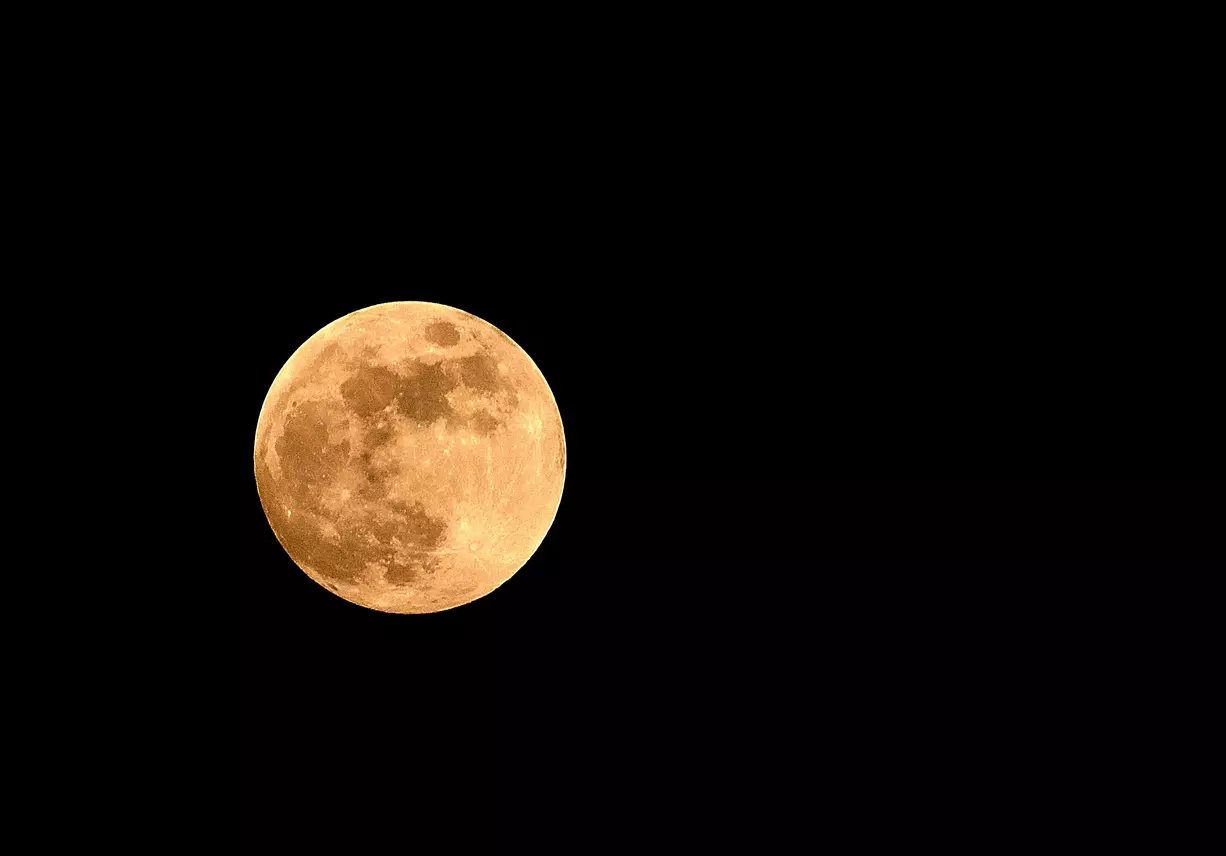
Harvest Moon, first supermoon of 2025, rises today: Significance, moongazing time in India
Slated to rise at 5.27 pm IST on Oct 6, the first supermoon of this year will reach its full phase at 9.16 am IST on Oct 7

The Harvest Moon of 2025 is set to rise on October 6. It is also the first supermoon of 2025.
Supermoon and Harvest Moon
A supermoon forms when a full moon coincides with the Moon’s closest approach in its orbit (perigee), making it appear larger and brighter in the sky than usual.
The Harvest Moon is the first full moon of the fall season in the Northern Hemisphere, and is used to mark the end of the harvest season. It occurs closest to the autumnal equinox, mostly in September, although it sometimes falls in early October.
Also read: India-US space partnership expands from satellites to Moon, Mars
The Harvest Moon rises shortly after sunset for many nights and gives extra light for farmers to harvest their crops, thus earning it its name.
The moon will be the first of three back-to-back supermoons this year.
Will it be seen in India?
Yes, besides Europe and North America, the Harvest Moon will be visible in India too.
One can watch the celestial event in India after sunset. The Harvest Moon rose at 5.27 pm Indian Standard Time (IST) on October 6 and will reach its full phase at 9.16 am IST on October 7.
In India, the Harvest Moon coincides with the Sharad Purnima.
Why this year’s Harvest Moon is special?
While Harvest Moon usually rises in September, this year it will rise in October due to the full moon’s proximity to the autumnal equinox.
The last time the Harvest Moon rose in October was in 2020, and the next would be in 2028.
Also read: Why Oct 4-10 is celebrated as World Space Week; how India celebrates it
The Beaver Moon on November 5 and the Cold Moon on December 5 are the next supermoons.
How to watch?
While no special gear is required to watch the celestial event, a pair of good binoculars will give you a clear view of lunar craters.
Moon gazers may also see a change in the colour of the Moon to a striking orange-yellow hue after it rises.

